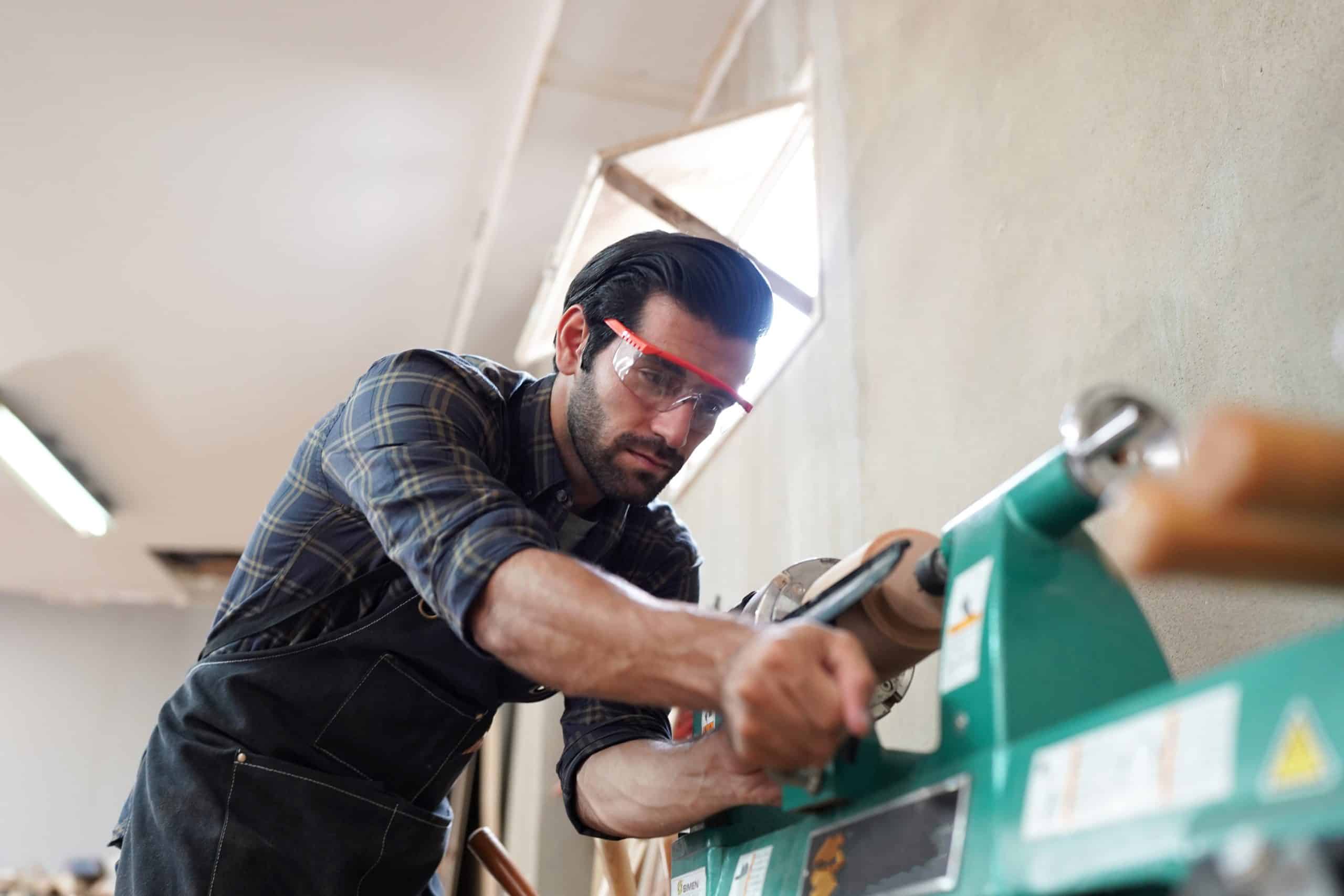You’re ready to do something good for your garden and the environment. You’ve decided to set up a DIY rain barrel system for garden irrigation. But with so many options available, what’s the best approach? You need a system that’s practical, sustainable, and cost-efficient. You need a system that will let you make the most out of every drop of rainwater. This article will guide you through the steps you need to take to set up your own rain barrel system.
Selecting the Right Barrel
Selecting the right barrel is the first step in setting up your DIY rain barrel system. Not all barrels are created equal, and you must carefully consider the options before making your choice.
Avez-vous vu cela : How Can You Create a Japanese Zen Garden in a Small Backyard Space?
The obvious starting point is to look at what you want your barrel to be made from. Plastic and metal are the top choices, but each has pros and cons. Plastic barrels are lighter and easier to move around but are also more prone to breakage. On the other hand, metal barrels are sturdier but can rust over time.
When considering size, bigger is usually better. A larger barrel will allow you to collect more rainwater, ensuring that you have enough to irrigate your garden even during dry spells. However, don’t forget to consider the available space in your house. Always make sure the barrel will fit comfortably without obstructing pathways or entrances.
Dans le meme genre : How to Design a Cozy, Insulated Reading Pod for Winter Evenings?
Don’t forget to check if the barrel comes with a spigot. This will make it easier to connect your hose and irrigate your garden. If it doesn’t, you’ll need to install one yourself, which involves cutting a hole and screwing in the spigot.
Setting Up the Downspout and Overflow System
Once you’ve chosen the right barrel, the next step is to set up your downspout and overflow system. This is crucial for directing rainwater into your barrel and dealing with excess water.
Begin by cutting your downspout to the appropriate height, allowing rainwater to fall directly into the barrel. You’ll need to leave enough room to fit the barrel underneath with space to spare.
Next, install a screen on top of your barrel to prevent debris and insects from entering. This screen will need to be cleaned periodically to maintain the flow of water.
For the overflow system, consider attaching a hose to a second spigot located at the top of your barrel. This will siphon off excess water when your barrel gets full, preventing it from overflowing and causing water damage.
Installing a Drip Irrigation System
The next step in setting up your DIY rain barrel system is installing a drip irrigation system. This allows you to water your garden directly from your barrel, saving you time and effort.
To get started, attach a hose to the spigot at the bottom of your barrel. This will be your main irrigation line. From this line, you can run smaller hoses to different areas of your garden, ensuring that all your plants get the water they need.
The great thing about a drip irrigation system is that it uses water efficiently, reducing waste. It delivers water directly to the root zone of your plants, where it’s needed most.
Remember, your rain barrel system will rely on gravity to move water, so the pressure will be lower than with a traditional hose. For this reason, it’s best to use a soaker hose or other low-pressure irrigation options for your drip system.
Maintaining Your Rain Barrel System
Once your rain barrel system is set up, regular maintenance will keep it in top shape. This involves cleaning your barrel and its components, as well as monitoring its performance.
Firstly, make sure to check the screen on top of your barrel regularly. Remove any debris to ensure that rainwater can flow freely into your barrel. Similarly, clean out your barrel periodically to prevent the buildup of sediment and algae.
Check your hose and irrigation system for leaks regularly. Even a small leak can waste a significant amount of water over time. If you notice that your barrel isn’t collecting as much water as it should, you might have a leak in your downspout system.
Finally, keep an eye on the weather forecast. If heavy rain is expected, you might want to disconnect your downspout from your barrel to prevent overflow. If a dry spell is expected, use your stored rainwater sparingly to make sure your garden makes it through.
Knowing the Legalities
The last step in setting up a DIY rain barrel system is making sure you’re in compliance with local laws and regulations. Some areas have restrictions on rainwater collection, so it’s crucial to do your due diligence.
Check with your local government or water authority about any regulations on rainwater collection in your area. In some cases, you might need a permit to install a rain barrel system. In others, there may be restrictions on how much rainwater you can collect or how you can use it.
In addition, some states or municipalities offer incentives or rebates for installing rainwater collection systems. So, it’s well worth checking if you can get some financial assistance for your project.
Remember, the goal of your rain barrel system is to conserve water and help the environment. So, it’s important to practice responsible water usage and respect any local regulations.
With these steps, you’ll be well on your way to setting up an efficient and sustainable DIY rain barrel system for garden irrigation. It’s a project that’s good for your garden, good for your wallet, and good for the planet. Rain or shine, your garden will thank you.
Correct Placement of Your Rain Barrel System
After selecting the right barrel and setting up the downspout and overflow system, the next critical step is to place your rain barrel correctly. The placement of the barrel will determine how effectively your rainwater harvesting system works.
The ideal place for your rain barrel system is right under the downspout of your house. The closer it is to the downspout, the more rainwater you can harvest. Moreover, the placement close to the garden will make the irrigation process more efficient.
You also need to consider the surface where you place the barrel. It must be a flat, level surface to prevent the barrel from tipping over when full. A common approach is to place the barrel on a sturdy stand or a platform of pressure treated lumber to ensure stability. This also helps increase water pressure for your irrigation system.
Also, consider the sunlight exposure. Placing your rain barrel in a shaded area can help slow down the growth of algae and also reduce evaporation.
Lastly, for convenience, your barrel should be easily accessible for cleaning and maintenance. It should have enough space around it for you to work comfortably.
Maximizing Efficiency with Multiple Barrels and Pumps
To make the most out of your rainwater harvesting efforts, you might want to consider using multiple barrels and adding a pump to your system. This will increase water storage and pressure, leading to a more efficient irrigation system.
Multiple rain barrels can be linked together in a series using hoses. This way, when the top barrel fills up, the excess water will flow into the next barrel. This setup allows you to collect and store more rainwater.
A pump can also be added to your system to increase the water pressure. Although your system primarily uses gravity to distribute water, a pump can help push water further into your garden, making it capable of watering higher elevated areas. There are various types of pumps available, including solar-powered ones, which are an eco-friendly option.
However, keep in mind that these modifications might require more maintenance. You’ll need to regularly check all barrels and hoses for leaks and clean them to prevent the growth of algae.
Conclusion: Reaping the Benefits of Your DIY Rain Barrel System
Setting up a DIY rain barrel system for garden irrigation might require some time and effort, but the benefits it offers are well worth it. By following the steps outlined in this article, you’ll be able to establish an efficient, cost-effective, and eco-friendly irrigation system.
Your DIY rain barrel system will not only help conserve water but also reduce your reliance on municipal water. This can lead to significant savings on your water bills over time. Your garden will also benefit from the consistent supply of chemical-free rainwater, which can enhance plant growth.
By attempting this DIY project, you’ll also contribute to reducing stormwater runoff, which can lead to erosion and water pollution.
Remember, the key to a successful rain barrel system lies in its proper setup and regular maintenance. Once set up correctly, this system can provide a sustainable water supply for your garden for many years to come. Happy gardening and water saving!











